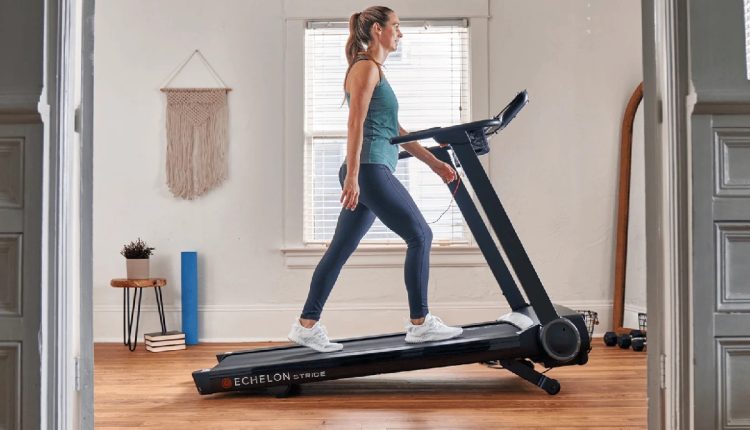Take Your Walk to the Next Level
Think walking is too basic to be effective? Think again. When you add incline to your treadmill walk, you unlock a fat-burning, muscle-toning, heart-boosting workout—all without having to run or jump.
Inclined walking is one of the most efficient, low-impact cardio workouts available. Whether you’re just starting your fitness journey or adding variation to your routine, this simple upgrade can deliver massive results.
1. What is Inclined Walking on a Treadmill?
Inclined walking means walking on a treadmill that’s tilted upward—usually anywhere from 1% to 15% incline. It simulates walking uphill, challenging your muscles more than flat walking.
Most treadmills have built-in incline settings, allowing you to adjust the level depending on your fitness goals.
2. Top Benefits of Inclined Walking
1. Burn More Calories in Less Time
Incline walking increases calorie burn by up to 60% compared to walking on a flat surface. You work harder, even at slower speeds.
2. Builds and Tones Lower Body Muscles
Walking uphill targets:
-
Glutes
-
Hamstrings
-
Calves
-
Quadriceps
You’ll feel the burn—and see the results.
3. Low Impact, High Effect
Unlike running, inclined walking is gentle on your joints and knees, making it ideal for:
-
Beginners
-
Seniors
-
Overweight individuals
-
People with joint issues
4. Improves Heart Health
Incline walking increases your heart rate, strengthening your cardiovascular system without high-impact stress.
5. Boosts Endurance and Stamina
Consistent incline training improves lung capacity and stamina—perfect for hikers, athletes, or anyone looking to level up.
6. Improves Posture and Core Engagement
The uphill angle forces you to engage your core and maintain an upright position, reducing back slouch and improving posture over time.
3. Ideal Incline Walking Routine for Beginners
Here’s a 20-minute incline walk workout to get you started:
| Time (Minutes) | Incline (%) | Speed (km/h) |
|---|---|---|
| 0–5 min | 1–2% | 4.5 |
| 5–10 min | 5% | 5 |
| 10–15 min | 8% | 5.2 |
| 15–18 min | 10% | 4.5 |
| 18–20 min | 0% (cool down) | 4 |
Adjust incline and speed based on your comfort level and fitness goals.
4. Tips to Maximize Results
-
Avoid holding the handles – it reduces intensity
-
Keep your posture straight – head up, shoulders back
-
Stay hydrated – sweating increases with incline
-
Wear proper walking shoes – for arch support
-
Use music or podcasts – to stay motivated during longer walks
5. Inclined Walk vs. Running: Which is Better?
| Factor | Inclined Walk | Running |
|---|---|---|
| Joint Stress | Low | High |
| Calorie Burn | High (w/ incline) | Very High |
| Injury Risk | Very Low | Moderate |
| Muscle Engagement | Glutes, hamstrings | Calves, quads |
| Beginner Friendly | Yes | Not Always |
If you’re looking for a safe, effective way to stay fit—especially indoors—inclined walking is a smart choice.
Conclusion: Small Change, Big Results
Don’t underestimate the power of a walk—especially an inclined one. This simple tweak to your treadmill workout can accelerate fat loss, tone your legs, improve heart health, and strengthen your posture—all without ever having to run.
So next time you hop on the treadmill, hit that incline button—and walk your way to better health.


Comments are closed.